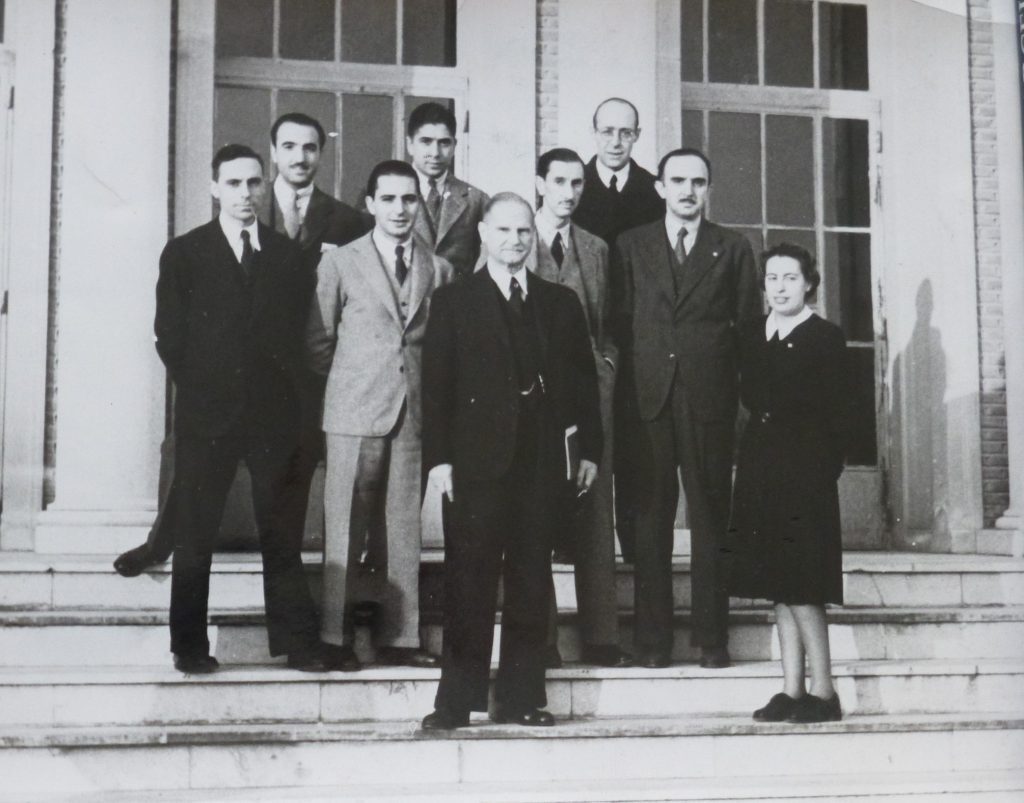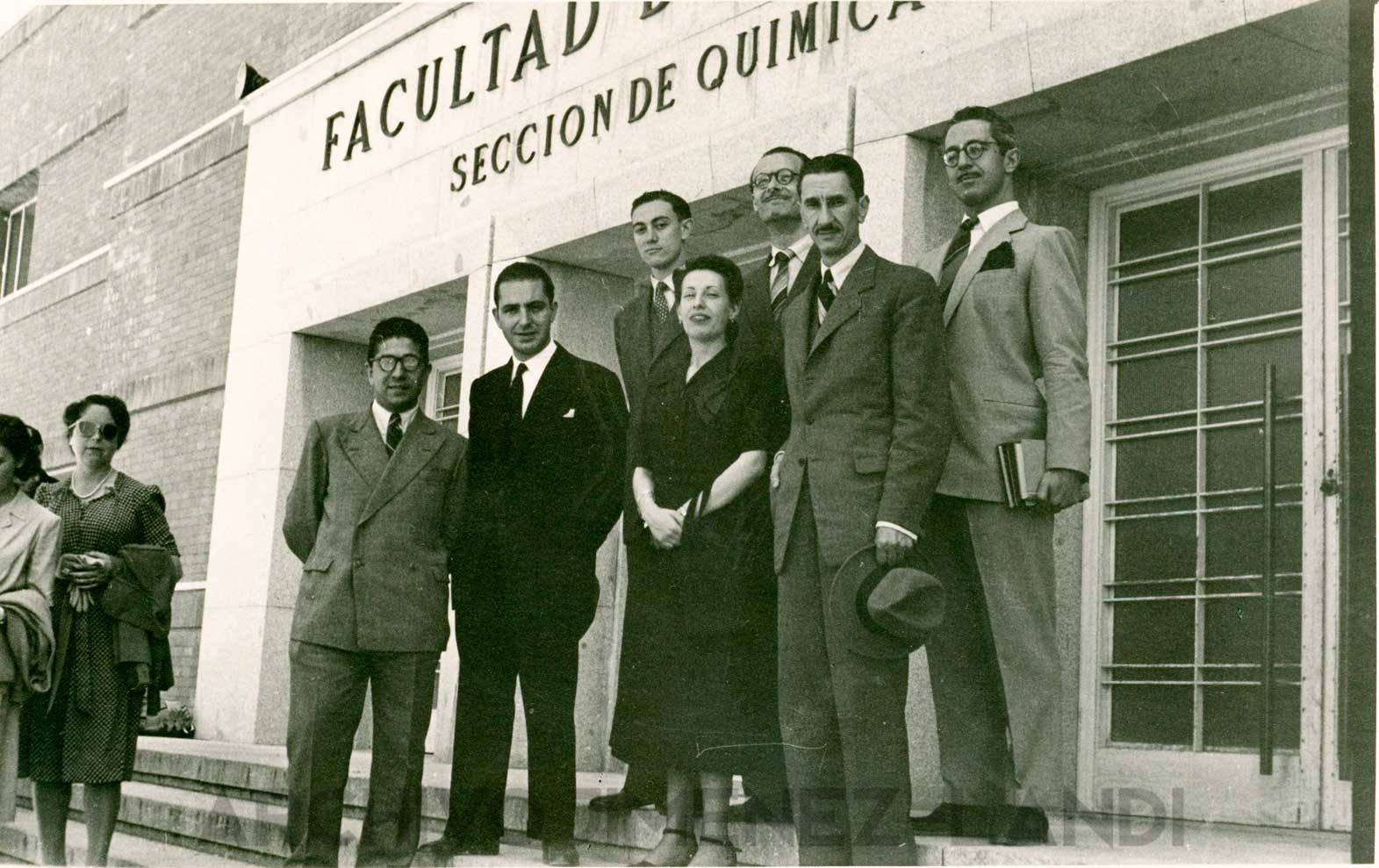Two photographs of María Egües Ortiz (1917-2008): a periscopic gaze in times of misty silence
-
María Egües was an essential figure to understand the development of optical engineering in the first decades of Francoism
Madrid / July 26, 2023
Latest news

The essay uses the metaphor of underwater periscopes, which allow one to see without being seen, to describe how Egües managed to progress in institutions such as the CSIC (Consejo Superior de Investigaciones Científicas), the University and the Army, despite hostile or suspicious looks. As the Franco regime had severely restricted science in Spain, it required the important participation of women like Egües in the reconstruction of the techno-scientific system, especially in the development of the optical instrument industry, including those for military use.
The essay describes the obstacles that Egües faced due to her gender, such as failing a university course for a minor problem and being threatened with expulsion from the Optics Institute for being a woman. Despite these difficulties, Egües persevered and became a leading figure in the design and manufacture of the first purely Spanish periscopes of the 20th century. Her work was recognized with the award of the Naval Merit Cross First Class with White Badge in 1974.

Related news
II PhDay Campus Serrano on June 5
Madrid / May 21, 2024Are you doing a PhD at IEM, IFF, IO, IQF, ICTP or IQM? This is a great opportunity to learn about different professional...
On Thursday, May 23, scientific coffee with Irene Solana
This month's talk corresponds from to the Laser Processing group. < !-- [et_pb_line_break_holder] --> It is titled "Tuning the optoplasmonic...
Recognition from the Spanish Engineering Institute to D. Antonio Corróns
Madrid / May 17, 2024The Metrology Committee of the Spanish Engineering Institute (IIE) has awarded the recognition of Merit in Metrology 2024 to...





